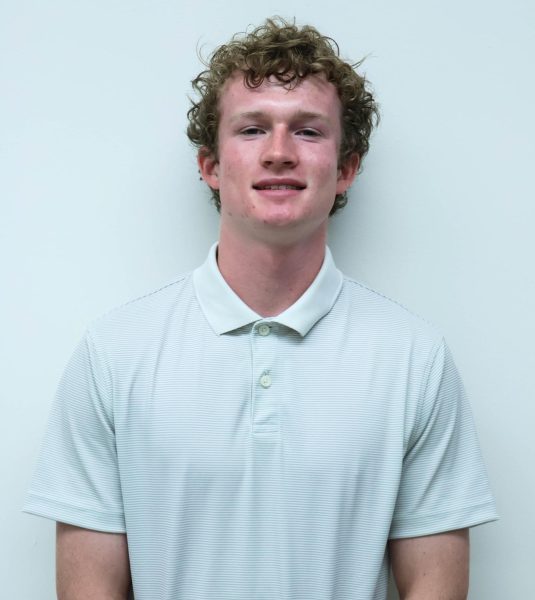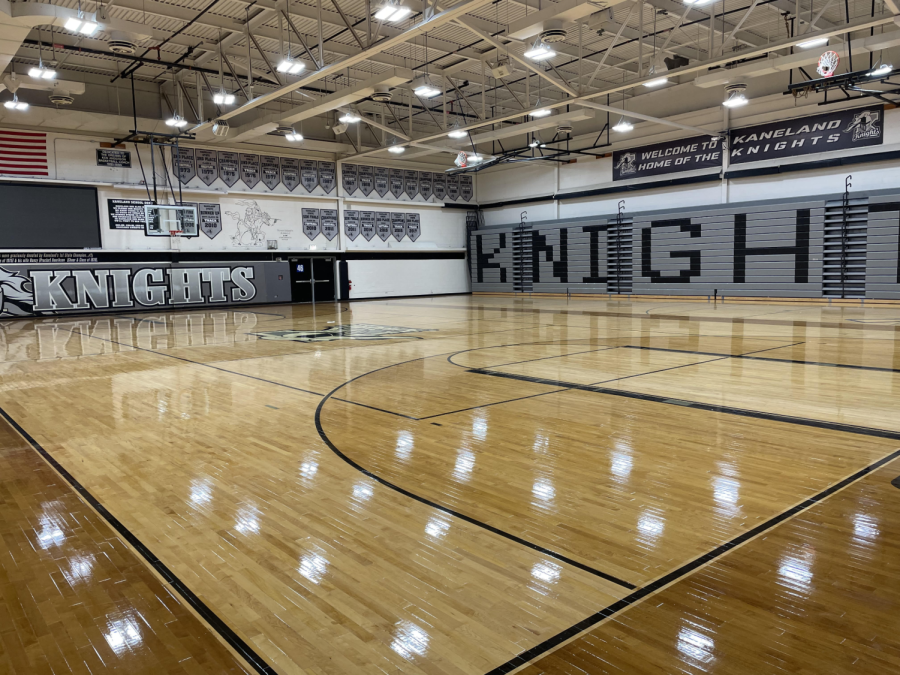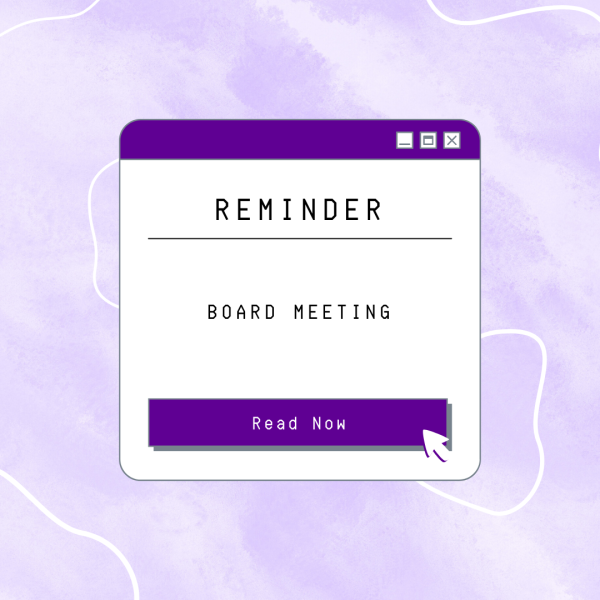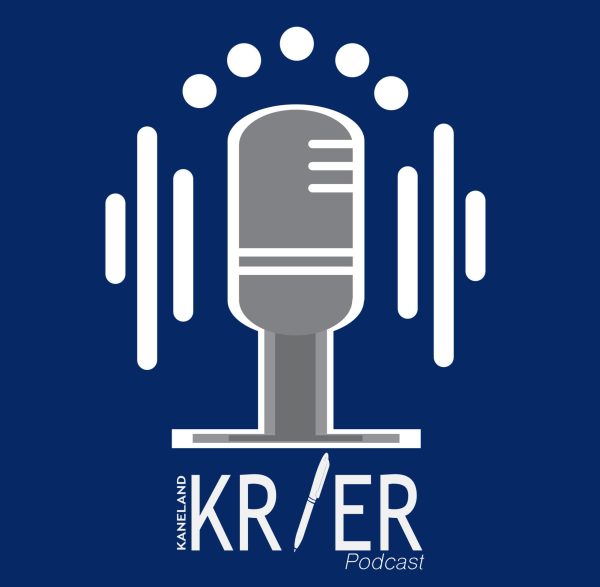Shot clock coming to Illinois High School basketball in 2022-23 season
Photo By Nate Sand
Kaneland’s East Gym, the primary gym for boys and girls varsity basketball games. It currently does not feature a shot clock.
The IHSA has approved the use of an experimental shot clock for select tournaments in the upcoming 2022-23 basketball season. This plan has been approved for both boys and girls varsity basketball games this season.
This change comes as more states are incorporating the shot clock into their games. According to USA Today, eight other states in the country use it, with even more expected to start using it in upcoming years.
Currently, the official ruling is the shot clock will be 35 seconds, meaning from the time a team gains possession they will have 35 seconds to get a shot off. This may help speed up the game or stop teams from holding the ball and letting the clock run during later stages of games.
“I think more zones are to be expected with the shot clock, to slow offenses down and force them into situations where they force bad shots at the end of a shot clock,” boys varsity basketball coach Ernie Colombe said. “Offensively, teams are going to have to work on getting good looks early.”
As of now, the shot clock will just be used in regular season tournaments and shootouts, since it is still in an experimental phase. However, it likely will not be long before it is introduced into all high school games.
“Based on what we’ve seen, it’s just a matter of time before we have it, so it’s something we’re going to have to get used to as a program,” Colombe said.
While there is a relatively neutral reaction from coaches, some players have a different perspective on the change.
“It’s going to take a while to get used to since none of us have ever played with one,” junior guard Matthew Falk said.
The only time high school basketball players may have faced a shot clock is in some AAU tournaments or maybe a college showcase.
“I think we are prepared to play with the shot clock since as a team we usually don’t take too long to score,” Falk said. “I’m still leaning against it though since it’s going to be weird using them just in tournaments and having to change the game plan when playing a regular season game or in a tournament.”
A big challenge the addition of a shot clock presents is needing someone to physically run the clock. It has to reset after every change in possession, so it is something one person is going to have to manage full-time.
Larry King, the main scorekeeper for Kaneland varsity basketball games, said, “I know coaches that have worked with one since they coach different levels, but I don’t think anybody here at Kaneland has actually ever managed one.”
Another challenge schools may face is the installation of a clock. Kaneland, along with the majority of high school gyms, does not have a shot clock. The clock will also have to always be well maintained since just a seemingly small error with a shot clock can change the outcome of a game.
“Shot clocks can malfunction, so that can be a challenge schools need to be prepared for,” King said.
As the basketball season slowly approaches, Kaneland has already had to consider a change of their game plan. The Plano Christmas Classic, a high school basketball tournament held at Plano High School every year, has reportedly applied for the shot clock for this year’s contest.
This being said, Kaneland is not going to spend much time this year adjusting their game plan to play with the clock.
“My mindset, and the mindset of the program, is to make the most of it and use it to our advantage,” Colombe said. “It could change some schools’ philosophies on the game. When it comes, we’ll adapt as needed and take on that challenge.”

Name: Nate Sand
Position: Co-Sports and Activities Executive
Graduation year: 2025
A few sentences about me:...







